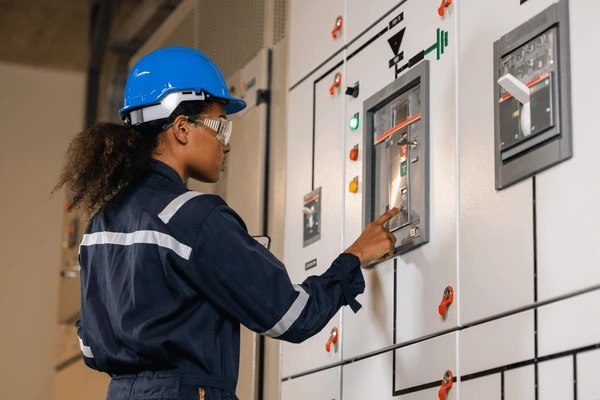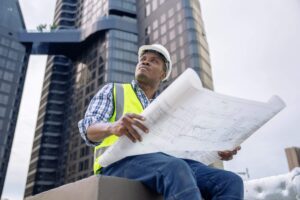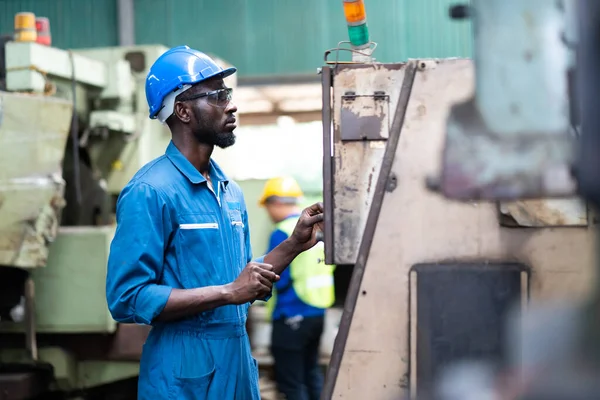Sustainable design has become an imperative in modern construction, driven by the urgent need to address environmental challenges, reduce resource consumption, and create healthier living and working spaces. As the construction industry contributes significantly to global carbon emissions and resource depletion, integrating sustainability into the design process is essential. This article explores the importance of sustainable design in modern construction, its benefits, and strategies for implementation.
Understanding Sustainable Design
Sustainable design refers to the creation of built environments that meet the needs of the present without compromising the ability of future generations to meet their own needs. This involves minimizing environmental impact, maximizing resource efficiency, and enhancing the quality of life for occupants.
Key Principles of Sustainable Design
- Resource Efficiency: Utilizing materials and energy in a way that minimizes waste and maximizes efficiency.
- Environmental Impact Reduction: Lowering carbon emissions and pollution through thoughtful design choices.
- Health and Well-being: Creating spaces that promote physical and mental well-being for occupants.
- Sustainable Site Development: Considering the ecological impact of construction on the surrounding environment.
Benefits of Sustainable Design
1. Environmental Benefits
Sustainable design plays a crucial role in reducing the ecological footprint of buildings. By utilizing renewable resources, implementing energy-efficient systems, and minimizing waste, sustainable projects help to:
- Reduce Carbon Emissions: Buildings are responsible for a significant portion of global greenhouse gas emissions. Sustainable design practices, such as passive solar design and energy-efficient systems, can drastically lower these emissions.
- Preserve Natural Resources: Sustainable design encourages the use of recycled materials, sustainable sourcing, and efficient waste management practices, helping to preserve natural resources for future generations.
2. Economic Advantages
While sustainable design may involve higher upfront costs, it often leads to substantial long-term savings. These benefits include:
- Reduced Operating Costs: Energy-efficient buildings consume less power and water, resulting in lower utility bills. Additionally, sustainable materials often require less maintenance and fewer repairs.
- Increased Property Value: Sustainable buildings are increasingly in demand, leading to higher property values. Many buyers and tenants prioritize sustainability, making eco-friendly properties more attractive in the real estate market.
3. Enhanced Health and Well-being
Sustainable design prioritizes the health of occupants by creating environments that promote well-being. This can be achieved through:
- Improved Indoor Air Quality: Sustainable buildings often utilize non-toxic materials and incorporate ventilation systems that enhance indoor air quality, reducing health risks associated with pollutants.
- Access to Natural Light and Green Spaces: Incorporating windows, skylights, and green roofs can improve natural lighting and connect occupants to nature, fostering a sense of well-being and productivity.
4. Regulatory Compliance and Market Demand
As awareness of environmental issues grows, governments and organizations are implementing stricter regulations regarding sustainability in construction. Incorporating sustainable design practices ensures compliance with these regulations and positions companies favorably in the market.
Strategies for Implementing Sustainable Design
1. Embrace Energy Efficiency
Incorporate energy-efficient systems, such as high-performance HVAC, LED lighting, and smart energy management systems, to reduce energy consumption. Consider passive design strategies that leverage natural light and ventilation.
2. Use Sustainable Materials
Select materials that are renewable, recycled, or locally sourced. Consider life-cycle assessments to evaluate the environmental impact of materials from extraction to disposal.
3. Optimize Water Use
Implement water-efficient fixtures, rainwater harvesting systems, and greywater recycling to minimize water consumption. Landscape designs should focus on native plants that require less irrigation.
4. Prioritize Site Selection
Choose sites that minimize disruption to existing ecosystems. Consider the orientation of the building to maximize natural light and reduce heating and cooling needs.
5. Engage Stakeholders
Involve all stakeholders, including architects, engineers, contractors, and clients, in the sustainable design process. Collaboration ensures that sustainability goals are met throughout the project lifecycle.
Conclusion
The importance of sustainable design in modern construction cannot be overstated. As the world faces pressing environmental challenges, the construction industry must lead the way in adopting sustainable practices. By prioritizing resource efficiency, environmental impact reduction, and occupant well-being, sustainable design not only benefits the planet but also enhances the value and livability of our built environments.
Embracing sustainable design is not merely an option; it is a responsibility that architects, engineers, and construction professionals must take seriously. By implementing sustainable strategies, we can create a brighter, healthier, and more sustainable future for generations to come.








